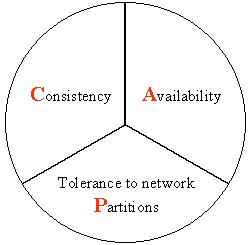The cloud's flexibility and promise of seamless auto-scaling notwithstanding, its ability to meet service level objectives (SLOs) typically calls for some form of control in resource usage. This seemingly traditional problem gives rise to new challenges in a cloud setting, and in particular a subtle yet significant trade-off involving load-distribution decisions (the distribution of workload across available cloud resources to optimize performance), and rate limiting (the capping of individual workloads to prevent global over-commitment). This paper investigates that trade-off through the design and implementation of a real-time messaging system motivated by Internet-of-Things (IoT) applications, and demonstrates a solution capable of realizing an effective compromise. The paper's contributions are in both explicating the source of this trade-off, and in demonstrating a possible solution.
翻译:尽管云层的灵活性和无缝自动扩缩的前景,但实现服务水平目标的能力通常要求对资源使用进行某种形式的控制,这一似乎传统的问题在云层环境中产生了新的挑战,特别是微妙而重大的权衡,涉及负荷分配决定(现有云层资源的工作量分配以优化性能)和费率限制(限制个人工作量以防止全球过度承诺),本文件通过设计和实施由Things(IoT)应用程序驱动的实时信息系统来调查这种权衡,并展示能够实现有效妥协的解决办法。 该文件的贡献既说明了这种权衡的来源,又展示了一种可能的解决方案。




